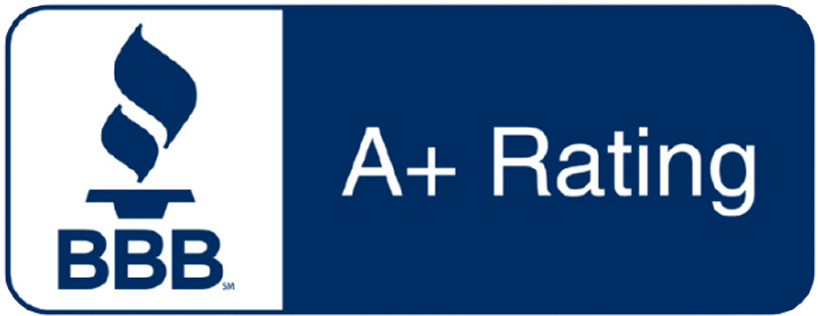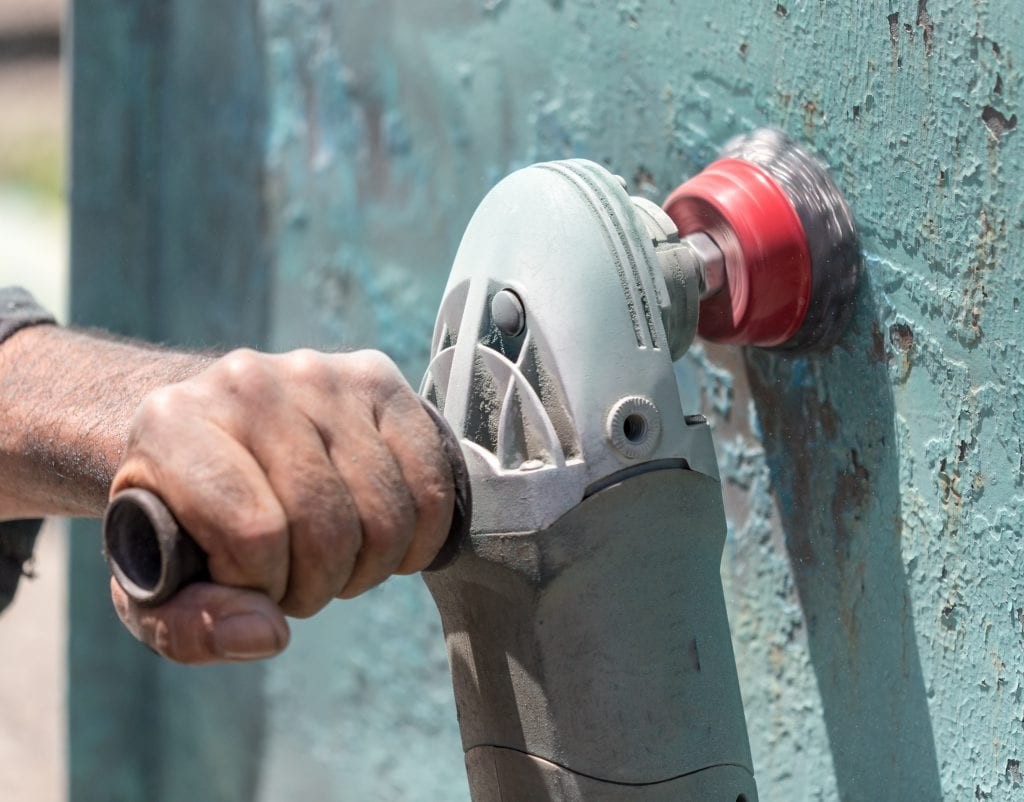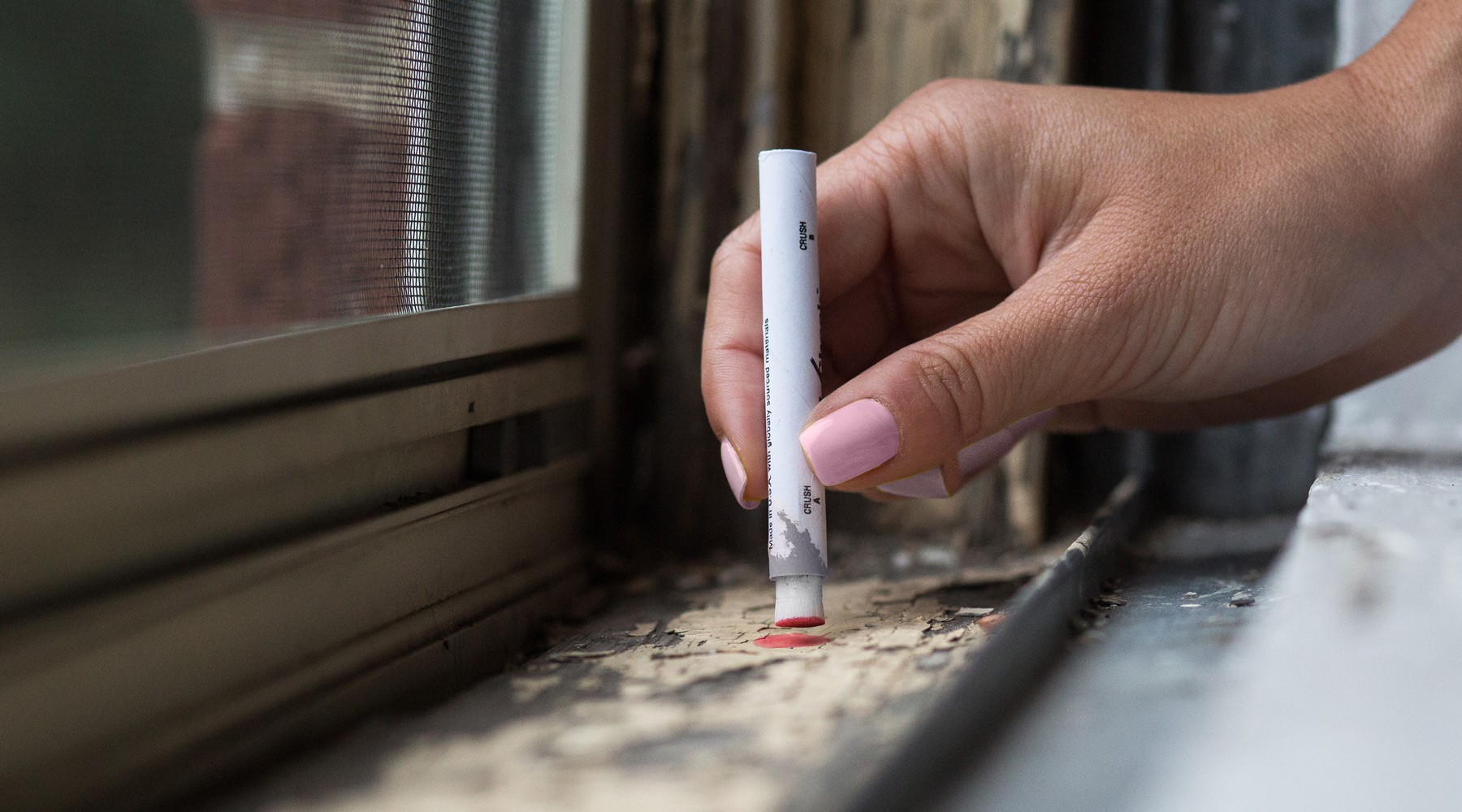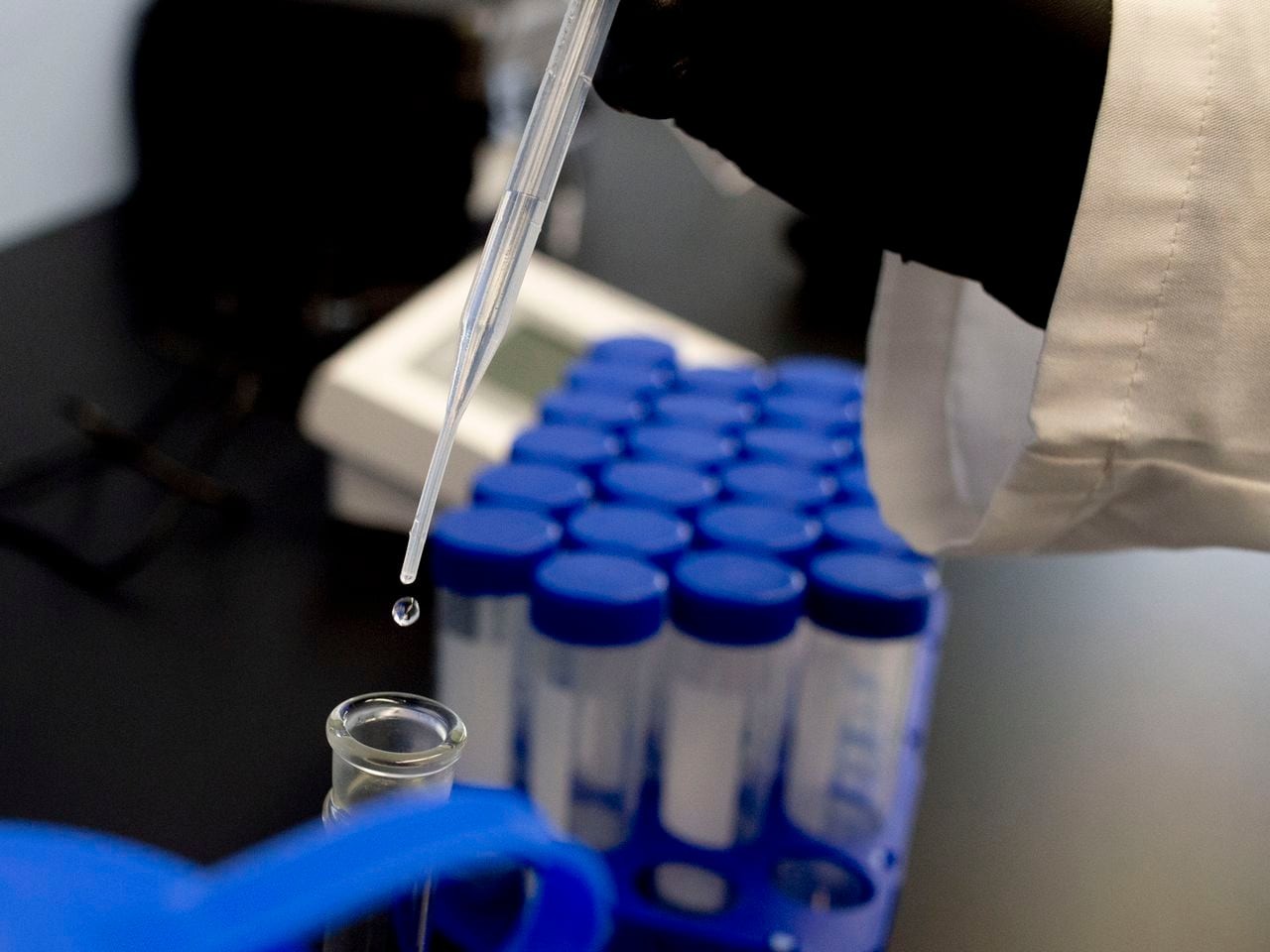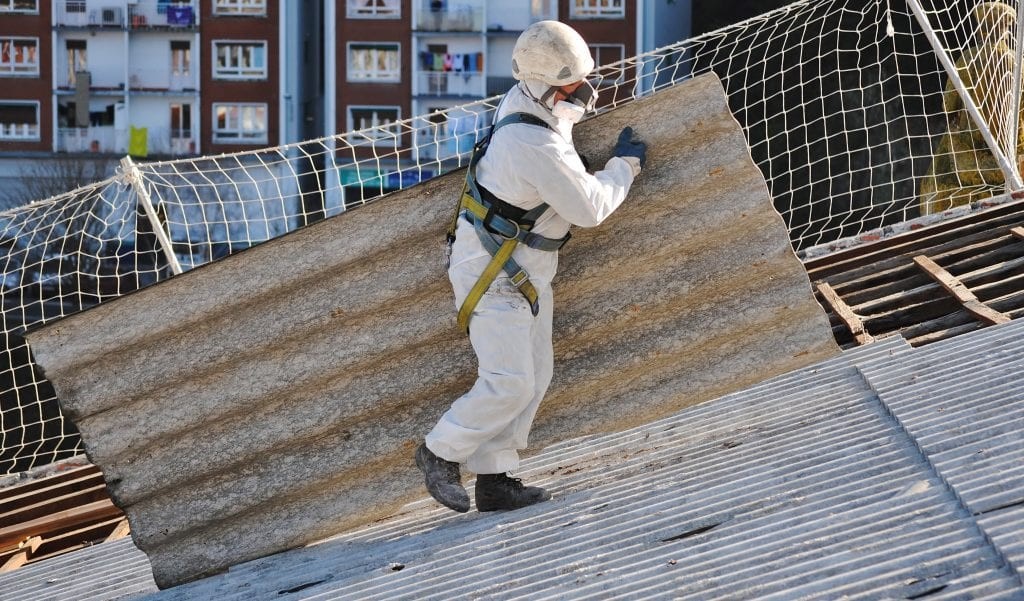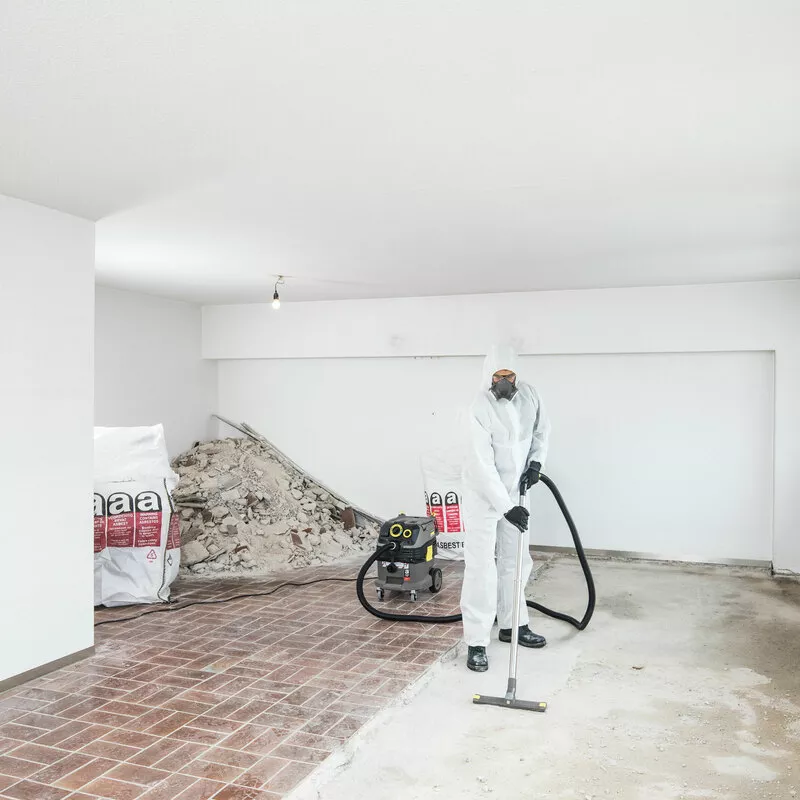What is Lead Testing?
Lead testing is the process of detecting and measuring the presence of lead, a toxic heavy metal, in various materials such as paint, dust, soil, water, and consumer products. Lead is particularly dangerous because it accumulates in the body over time and can cause severe health effects — especially in children and pregnant women.
Lead testing is essential in older buildings, schools, childcare centers, and industrial sites where legacy materials may still contain lead.
Why is Lead Dangerous?
Lead exposure can cause:
-
Brain and nervous system damage
-
Learning and behavioral issues in children
-
Kidney damage
-
High blood pressure
-
Miscarriage or premature birth in pregnant women
There is no safe level of lead exposure, especially for children. That’s why testing — and timely remediation — is so critical.
Common Sources of Lead
-
Lead-based paint (banned in residential use in the U.S. in 1978, but still common in older homes)
-
Lead-contaminated dust (from deteriorating paint or renovation work)
-
Drinking water (from lead pipes or plumbing solder)
-
Soil (contaminated by old paint, industrial activity, or leaded gasoline)
-
Imported toys, ceramics, cosmetics, and traditional remedies
When Should You Test for Lead?
You should consider lead testing if:
-
You're renovating a home built before 1978
-
You live in or manage an older building, school, or childcare facility
-
A child in your home has tested high for blood lead levels
-
There’s visible peeling or chipping paint
-
You’re concerned about drinking water quality
-
You’re purchasing or renting older properties
Types of Lead Testing
1. Paint Testing
-
XRF (X-ray fluorescence) analyzers: Provide instant results without damaging surfaces.
-
Paint chip sampling: Physical samples sent to a certified lab.
2. Dust Testing
-
Wipe samples from floors, windowsills, or other surfaces sent to a lab to check for lead dust.
3. Soil Testing
-
Surface soil samples are analyzed, especially near old painted buildings or industrial zones.
4. Water Testing
-
Collect samples from taps and plumbing fixtures. Labs test for lead concentration in parts per billion (ppb).
-
EPA’s action level is 15 ppb, but no level is truly considered safe.
5. Blood Lead Testing
-
For individuals, especially children. Typically done at pediatric offices or health departments.
Who Performs Lead Testing?
-
Certified lead inspectors and risk assessors
-
Environmental health professionals
-
Licensed laboratories
-
Some home test kits are available, but they are less accurate and not a substitute for professional testing in critical cases.
What Happens if Lead is Found?
If lead is detected, steps may include:
-
Paint stabilization or removal (following strict containment procedures)
-
Lead-safe renovations using EPA-certified contractors
-
Water filtration or pipe replacement
-
Soil removal or covering
-
Deep cleaning and dust control
-
Medical evaluation for people, especially children, exposed to high levels
Regulations and Compliance
In the U.S., lead regulations are enforced by:
-
EPA (Environmental Protection Agency)
-
HUD (Housing and Urban Development)
-
OSHA (Occupational Safety and Health Administration)
-
State and local health departments
Landlords, school administrators, and employers are often legally required to test and disclose lead hazards under laws such as the Lead Disclosure Rule or Renovation, Repair and Painting (RRP) Rule.
Conclusion
Lead testing is not just a box to check — it's a vital health and safety measure. Whether you’re a homeowner, landlord, parent, or building manager, knowing where lead hazards exist is the first step toward protecting your family, tenants, or workers.
Need Professional Lead Testing?
If you're unsure whether your property contains lead or want peace of mind before a renovation, contact a certified lead inspector or environmental testing firm. Early detection can prevent long-term health effects — and save lives.

